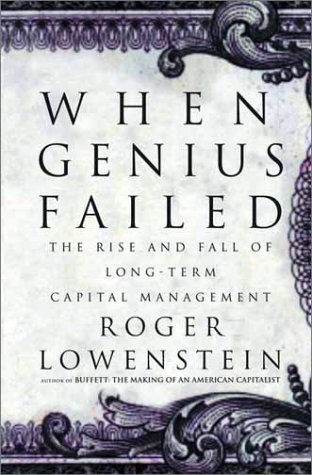All that began to change when the United States, in 1971, went off the gold standard and the world adopted floating exchange rates. This bold liberalization dovetailed with a trend toward loosening trade restrictions. With both more goods and more dollars crossing borders, central banks were forced into an accommodative role; their task (however much they denied it) was increasingly to preserve an equilibrium in international currency flows. In lay terms, they had to keep markets quiet, or that was the goal. In time, it was unclear whether a global trader such as George Soros was adapting to
...more
Welcome back. Just a moment while we sign you in to your Goodreads account.


